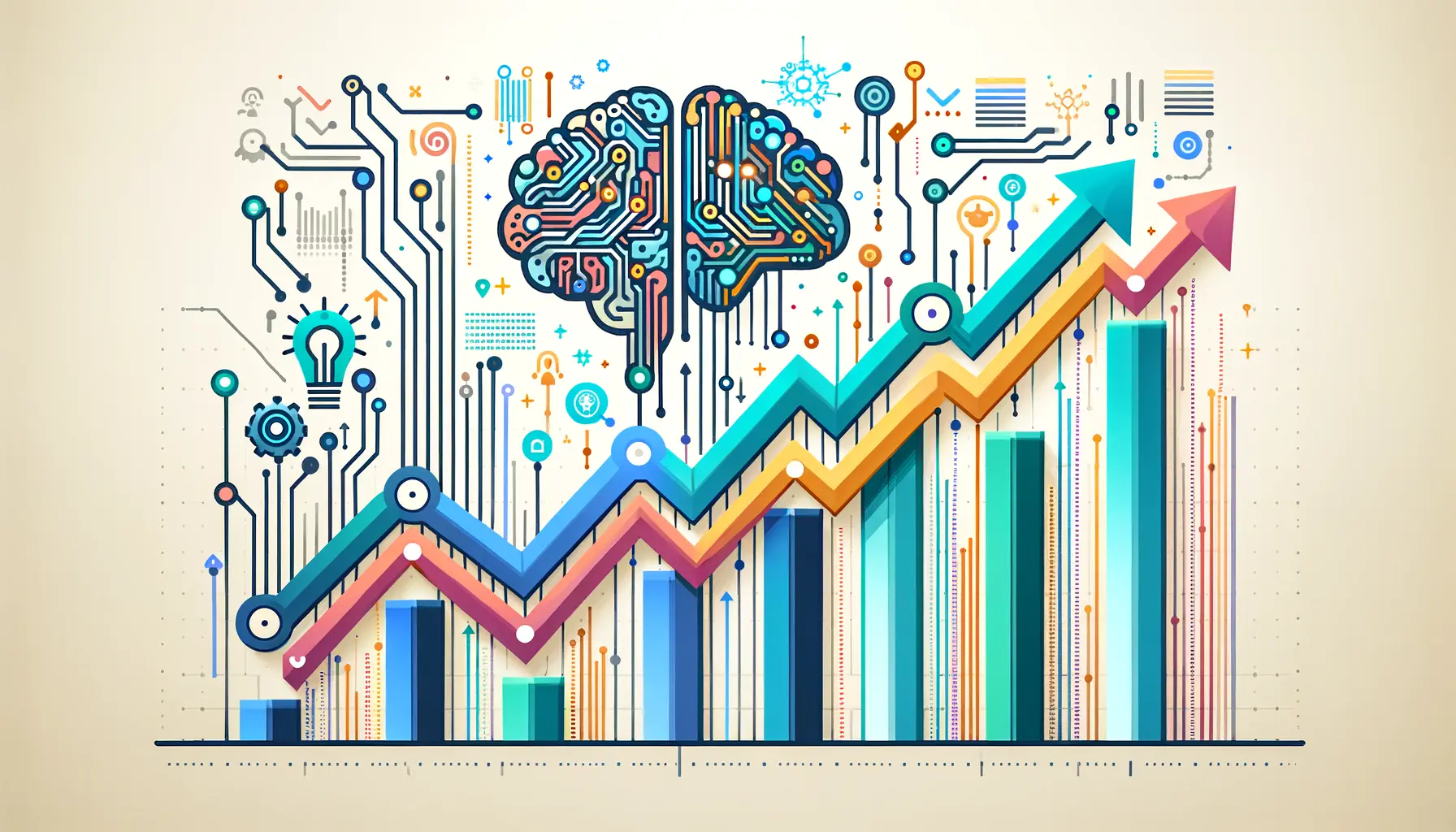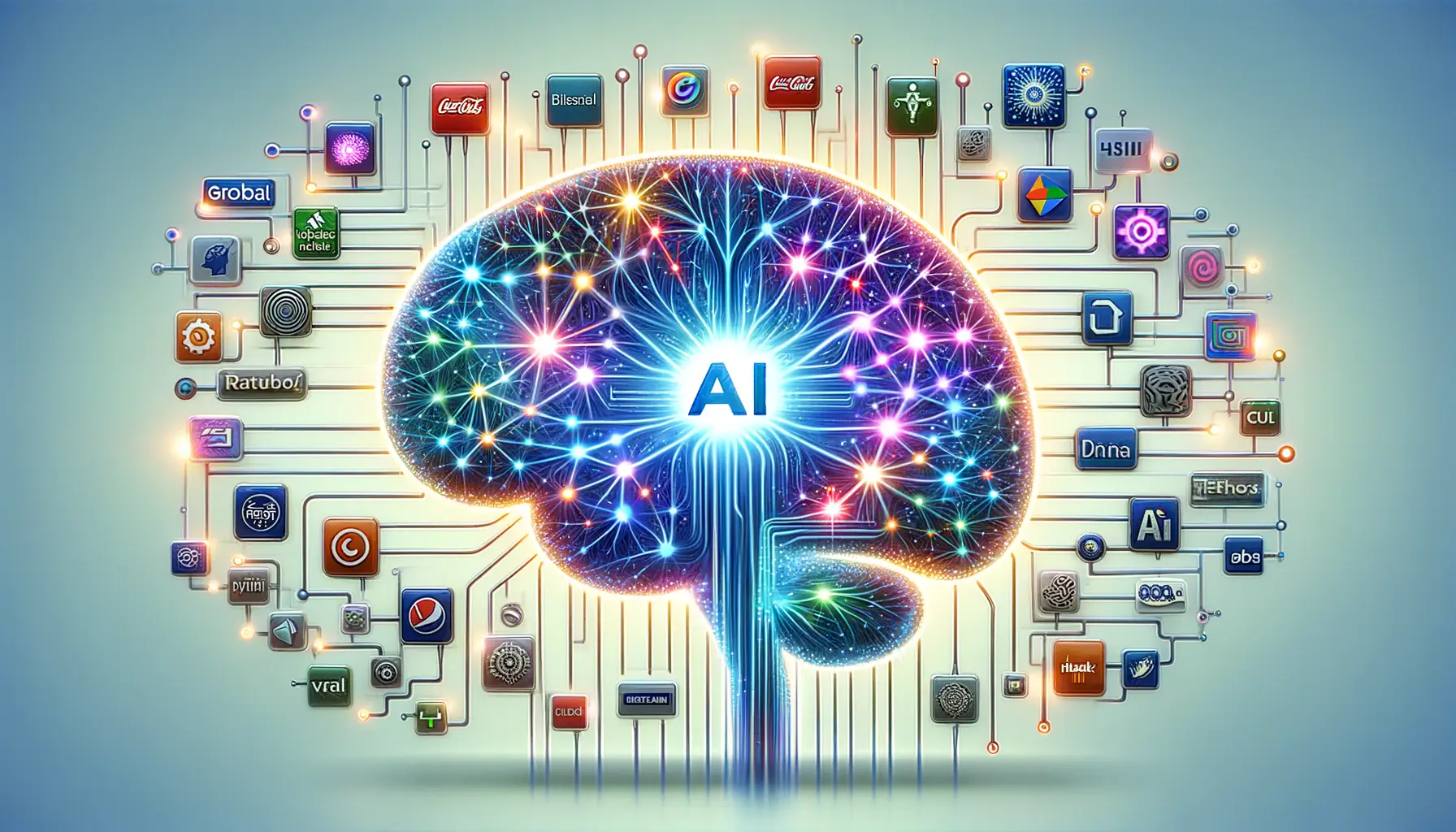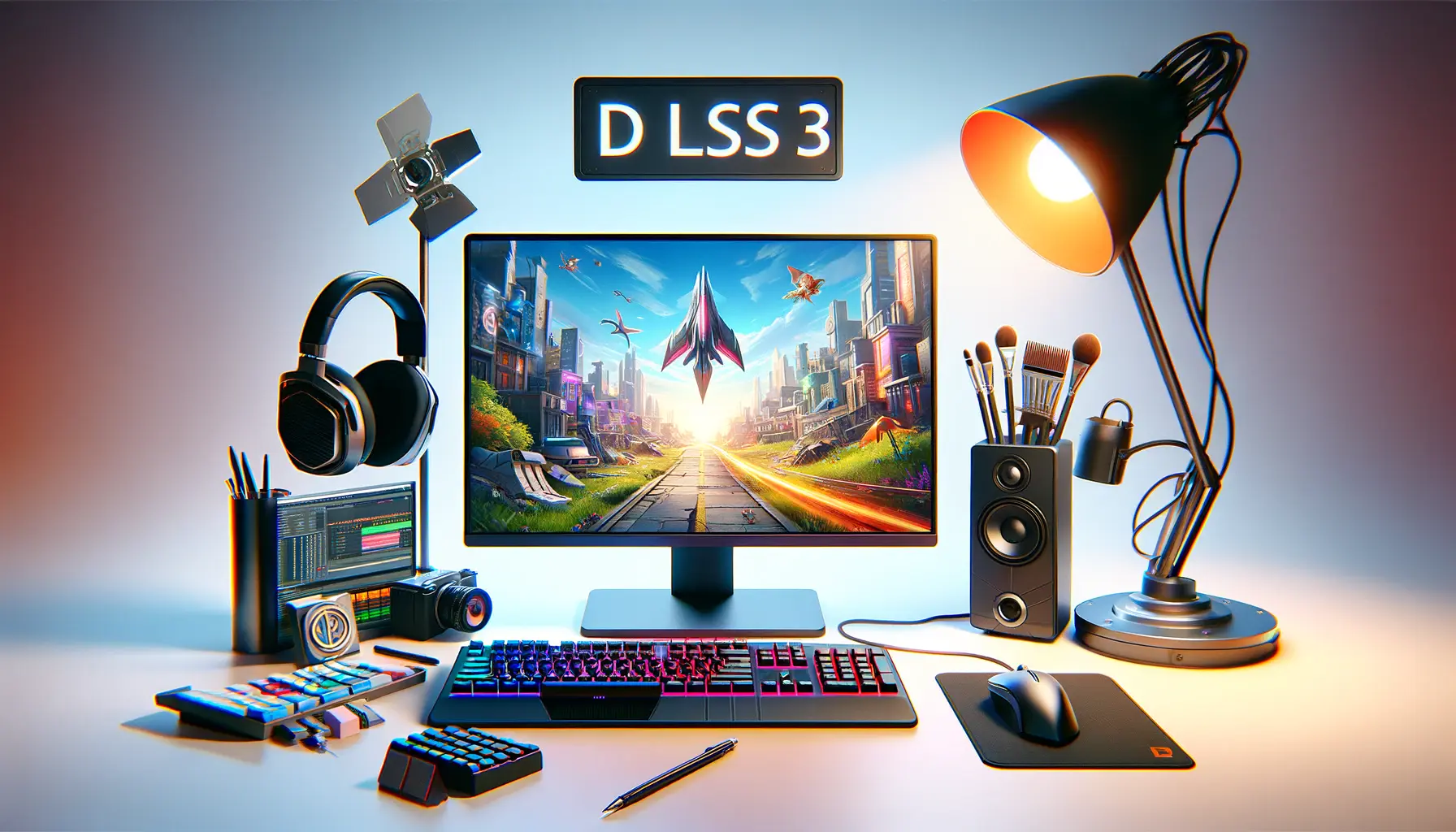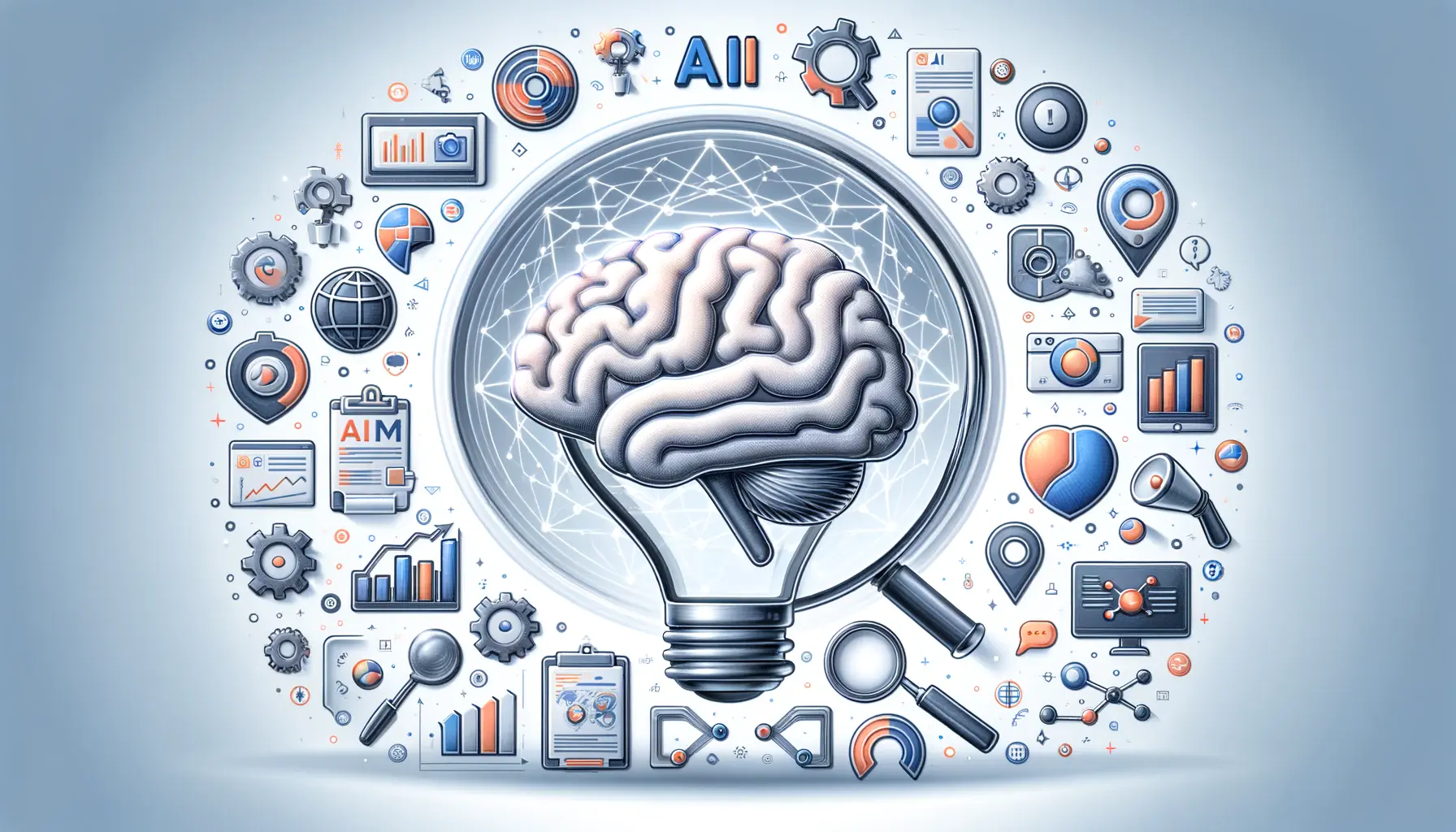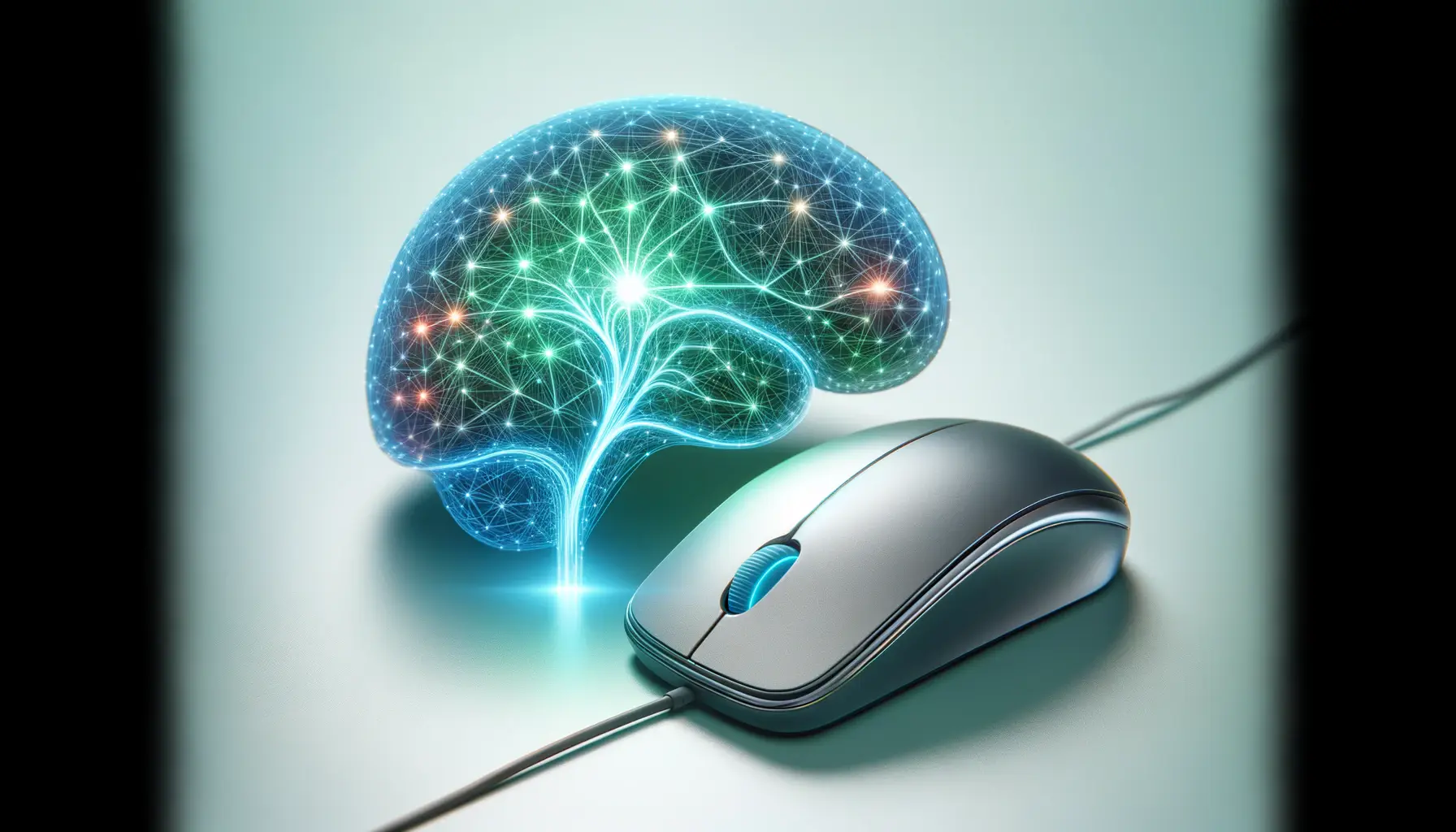The landscape of artificial intelligence (AI) is ever-evolving, with Grok AI standing at the forefront of this technological revolution.
As businesses and industries worldwide strive to harness the power of AI, understanding the adoption trends of Grok AI becomes crucial.
This innovative platform has not only redefined the boundaries of machine learning and data analysis but also set new standards for operational efficiency and strategic decision-making.
Grok AI, with its unique approach to AI, leverages advanced algorithms and machine learning techniques to provide insights and solutions that were once thought impossible.
The adoption of Grok AI across various sectors highlights a significant shift towards data-driven methodologies and predictive analytics, marking a new era in technological advancement and competitive strategy.
- Understanding Grok AI’s Core Capabilities
- Adoption Trends Across Industries
- Global Adoption Patterns and Market Growth
- Strategies for Successful Grok AI Implementation
- Case Studies: Grok AI in Action
- Future Directions of Grok AI Development
- Integrating Grok AI with Emerging Technologies
- Embracing the Future with Grok AI
- Grok AI Adoption Trends FAQ
Understanding Grok AI’s Core Capabilities
The Foundation of Grok AI
At its core, Grok AI is designed to process and analyze vast amounts of data at an unprecedented speed.
This capability allows organizations to identify patterns, predict outcomes, and make informed decisions faster than ever before.
The platform’s strength lies in its ability to adapt and learn from new data, continuously improving its accuracy and efficiency over time.
Another key feature of Grok AI is its versatility.
It can be applied across a wide range of industries, from finance and healthcare to manufacturing and retail.
This adaptability has led to its widespread adoption, as businesses seek to gain a competitive edge through technology.
Impact on Business Operations
The adoption of Grok AI has transformed business operations, making them more efficient and effective.
By automating routine tasks and processes, companies can allocate their resources more strategically, focusing on innovation and growth.
Furthermore, Grok AI’s predictive analytics capabilities enable businesses to anticipate market trends, customer behavior, and potential risks, allowing for proactive rather than reactive strategies.
Moreover, Grok AI’s impact extends beyond operational efficiency.
It also plays a crucial role in enhancing customer experiences.
By analyzing customer data, businesses can personalize their services and offerings, leading to increased customer satisfaction and loyalty.
The adoption of Grok AI signifies a pivotal moment in the technological landscape, offering businesses the tools to innovate, optimize, and lead in their respective industries.
Adoption Trends Across Industries
The versatility of Grok AI has led to its widespread adoption across various sectors, each leveraging the platform’s capabilities to address unique challenges and opportunities.
The impact of Grok AI is particularly noticeable in several key industries, where it has begun to redefine operational and strategic paradigms.
In the healthcare sector, Grok AI is revolutionizing patient care and medical research.
By analyzing patient data and medical histories, healthcare providers can offer personalized treatment plans and predict potential health issues before they become critical.
This not only improves patient outcomes but also significantly reduces healthcare costs.
- Finance: In the financial industry, Grok AI is used for fraud detection, risk management, and personalized banking services. Its ability to analyze transaction patterns and detect anomalies helps prevent fraudulent activities, safeguarding both the institution and its customers.
- Retail: Retailers are utilizing Grok AI to enhance customer experiences through personalized recommendations and inventory management. By understanding customer preferences and purchase history, retailers can tailor their offerings, increasing sales and customer loyalty.
- Manufacturing: In manufacturing, Grok AI optimizes production processes, predictive maintenance, and supply chain management. This leads to increased efficiency, reduced downtime, and a more agile response to market demands.
Each of these industries benefits from Grok AI’s ability to process and analyze data at scale, providing insights that drive innovation, efficiency, and competitive advantage.
Challenges in Adoption
Despite the clear advantages, the adoption of Grok AI is not without its challenges.
One of the primary hurdles is the initial investment required for implementation, including the costs associated with infrastructure, training, and ongoing maintenance.
Additionally, there is often a significant cultural shift required within organizations to fully embrace data-driven decision-making and trust in AI-driven processes.
- Data Privacy and Security: With the increased use of AI in processing sensitive information, concerns around data privacy and security have become more pronounced. Ensuring the protection of customer and business data is paramount.
- Skills Gap: The shortage of skilled professionals who can effectively implement and manage AI technologies poses another significant challenge. This gap necessitates substantial investment in training and development.
- Integration with Existing Systems: Integrating Grok AI with legacy systems and processes can be complex and time-consuming, requiring careful planning and execution.
Overcoming these challenges requires a strategic approach, including careful planning, stakeholder engagement, and a commitment to continuous learning and adaptation.
Global Adoption Patterns and Market Growth
The global landscape of Grok AI adoption showcases a diverse pattern, with certain regions leading the charge in integrating AI into their core business processes.
This global uptake is not only a testament to Grok AI’s universal applicability but also highlights the varying pace of technological embrace across different geographies.
North America, particularly the United States, has emerged as a frontrunner in Grok AI adoption.
The region’s robust technological infrastructure, coupled with a strong emphasis on innovation, has facilitated the rapid integration of AI technologies across industries.
Europe follows closely, with countries like the United Kingdom, Germany, and France prioritizing AI for competitive advantage, particularly in manufacturing and healthcare sectors.
- Asia-Pacific: The Asia-Pacific region, led by countries such as China, Japan, and South Korea, is witnessing a surge in Grok AI adoption. These countries are leveraging AI to drive advancements in sectors like e-commerce, automotive, and robotics.
- Latin America: While still in the early stages of adoption, Latin American countries are increasingly recognizing the potential of AI to transform industries such as agriculture, banking, and retail.
- Middle East and Africa: The Middle East and Africa are exploring AI applications in energy, healthcare, and smart city projects, with the United Arab Emirates and South Africa leading in strategic AI investments.
This global adoption is underpinned by a growing recognition of AI’s potential to solve complex challenges, drive efficiency, and foster innovation.
As countries and regions invest in AI capabilities, the market for AI technologies, including Grok AI, continues to expand, promising significant economic and societal benefits.
Market Growth and Future Projections
The market growth of Grok AI and similar technologies is on an impressive trajectory, fueled by increasing investment from both the public and private sectors.
According to industry analysts, the AI market is expected to reach unprecedented values over the next decade, with Grok AI playing a pivotal role in this expansion.
Future projections indicate that AI will become an integral component of all major industries, driving not only economic growth but also societal advancements.
As AI technologies become more sophisticated and accessible, their adoption will likely permeate even more aspects of daily life and business operations, leading to transformative changes across the globe.
The continued growth of the AI market, spearheaded by platforms like Grok AI, underscores the critical role of innovation and technology in shaping the future of industries and economies worldwide.
Strategies for Successful Grok AI Implementation
Implementing Grok AI within an organization requires a strategic approach to ensure its successful integration and maximization of its potential benefits.
The process involves careful planning, alignment with business objectives, and a clear understanding of the challenges and opportunities that come with AI adoption.
One of the first steps in a successful Grok AI implementation strategy is to define clear objectives and outcomes.
Organizations must identify specific areas where AI can add value, such as improving customer service, optimizing operations, or enhancing product offerings.
By setting clear goals, businesses can focus their efforts and resources on areas with the highest potential impact.
- Stakeholder Engagement: Engaging key stakeholders early in the process is crucial for gaining support and ensuring alignment across the organization. This includes not only executive leadership but also teams that will be directly working with or affected by AI technologies.
- Data Infrastructure: A robust data infrastructure is essential for Grok AI to function effectively. Organizations need to ensure they have the necessary data architecture, quality, and governance in place to support AI initiatives.
- Skills and Expertise: Developing or acquiring the necessary skills and expertise is another critical component. This may involve training existing staff, hiring new talent, or partnering with external experts to fill any gaps in AI knowledge and capabilities.
- Iterative Approach: Adopting an iterative approach to implementation can help organizations learn and adapt as they go. Starting with pilot projects or smaller initiatives allows for testing and refinement before scaling AI solutions across the organization.
Additionally, addressing potential challenges such as data privacy concerns, ethical considerations, and integration with existing systems from the outset can help mitigate risks and ensure a smoother adoption process.
Measuring Success and ROI
Measuring the success of Grok AI implementation is critical for understanding its impact and return on investment (ROI).
Organizations should establish key performance indicators (KPIs) aligned with their initial objectives to track progress and outcomes.
These metrics can include improvements in efficiency, cost savings, revenue growth, customer satisfaction, and innovation.
Regularly reviewing these metrics and adjusting strategies as needed can help organizations optimize their use of Grok AI and realize its full potential.
Success in AI implementation is not just about technology; it’s about transforming business processes and models to create value and competitive advantage in an increasingly digital world.
A strategic, well-planned approach to Grok AI implementation can lead to significant benefits for organizations, driving innovation, efficiency, and growth.
Case Studies: Grok AI in Action
Examining real-world applications of Grok AI provides valuable insights into its transformative potential across various industries.
These case studies not only highlight the platform’s versatility but also demonstrate the tangible benefits organizations can achieve through its adoption.
One notable example involves a leading retail chain that implemented Grok AI to optimize its supply chain and inventory management.
By analyzing sales data, customer behavior, and supply chain logistics, Grok AI enabled the retailer to predict product demand more accurately, reduce stockouts, and minimize excess inventory.
This led to improved customer satisfaction, increased sales, and significant cost savings.
- Healthcare: A healthcare provider used Grok AI to enhance patient care through predictive analytics. By analyzing patient records and clinical data, Grok AI identified patients at high risk of chronic diseases, enabling early intervention and personalized treatment plans. This approach improved patient outcomes and reduced healthcare costs by preventing costly emergency interventions.
- Manufacturing: In the manufacturing sector, a company deployed Grok AI for predictive maintenance of its machinery. By monitoring equipment data in real-time, Grok AI predicted potential failures before they occurred, allowing for timely maintenance. This not only extended the lifespan of the machinery but also prevented costly downtime and production delays.
- Financial Services: A financial institution leveraged Grok AI for fraud detection and risk management. By analyzing transaction patterns and customer behavior, Grok AI identified suspicious activities with high accuracy, reducing the incidence of fraud and protecting the institution and its customers from financial loss.
These case studies illustrate the diverse applications of Grok AI and its ability to drive significant improvements in efficiency, cost savings, customer satisfaction, and overall business performance.
Overcoming Implementation Challenges
While the benefits of Grok AI are clear, the case studies also shed light on common challenges encountered during implementation.
These include integrating AI with existing systems, ensuring data quality and privacy, and addressing organizational resistance to change.
Successful organizations overcame these challenges through comprehensive planning, stakeholder engagement, and a commitment to continuous learning and adaptation.
By addressing potential hurdles upfront and fostering a culture of innovation, these companies were able to fully harness the power of Grok AI and achieve their strategic objectives.
Real-world case studies of Grok AI demonstrate its potential to revolutionize industries by providing actionable insights, optimizing operations, and enhancing decision-making processes.
Future Directions of Grok AI Development
The trajectory of Grok AI’s development is poised to continue its upward trend, with future enhancements focusing on increasing its adaptability, accuracy, and ease of use.
As AI technology evolves, Grok AI is expected to incorporate more advanced machine learning models and algorithms, further enhancing its capability to process and analyze data in real-time.
One of the key areas of development is the integration of natural language processing (NLP) capabilities, which will enable Grok AI to understand and interpret human language more effectively.
This advancement will open new avenues for applications in customer service, content creation, and even complex problem-solving scenarios where understanding context and nuance is crucial.
- Enhanced Predictive Analytics: Future versions of Grok AI are anticipated to offer even more sophisticated predictive analytics features. By leveraging deeper learning algorithms and more comprehensive data sets, Grok AI will be able to provide more accurate forecasts and insights across a wider range of industries.
- Improved User Experience: Making Grok AI more accessible to non-technical users is another important direction for its development. Simplifying the user interface and automating more of the data preparation and model training processes will enable a broader range of professionals to leverage AI in their work.
- Focus on Ethical AI: As AI becomes more pervasive, ensuring its ethical use is paramount. Future developments in Grok AI will likely include enhanced governance features, transparency mechanisms, and ethical guidelines to ensure that AI is used responsibly and for the benefit of all.
Moreover, the growing emphasis on AI interoperability and standards will facilitate Grok AI’s integration with other AI systems and technologies.
This will enable more seamless data sharing and collaboration, further amplifying the platform’s impact and utility.
Collaboration and Open Innovation
The path forward for Grok AI also involves greater collaboration and open innovation within the AI community.
By partnering with academic institutions, research organizations, and other technology companies, Grok AI can tap into a wider pool of knowledge and expertise, accelerating the pace of innovation and development.
Open-source initiatives and shared AI models can also contribute to this collaborative ecosystem, fostering a more inclusive and diverse AI development landscape.
Such efforts will not only enhance Grok AI’s capabilities but also ensure that the benefits of AI technology are widely distributed and accessible to all.
The future of Grok AI is marked by continuous innovation, with a focus on enhancing its technological capabilities, user accessibility, and ethical governance to meet the evolving needs of businesses and society.
Integrating Grok AI with Emerging Technologies
The integration of Grok AI with other emerging technologies is set to redefine the boundaries of what’s possible, creating synergies that amplify the capabilities and applications of AI.
As we look to the future, the convergence of AI with technologies such as blockchain, Internet of Things (IoT), and augmented reality (AR) presents exciting opportunities for innovation and transformation.
Blockchain technology, with its decentralized and secure nature, can enhance the data management and security aspects of Grok AI.
By storing AI data on a blockchain, organizations can ensure the integrity and verifiability of their data, fostering trust in AI-driven processes and decisions.
This integration is particularly relevant in industries where data privacy and security are paramount, such as healthcare and finance.
- IoT and AI: The Internet of Things (IoT) generates vast amounts of data from connected devices, which Grok AI can analyze to derive insights and enable smart automation. This combination can revolutionize industries like manufacturing, smart cities, and agriculture, where real-time data analysis and decision-making can significantly enhance efficiency and sustainability.
- AR and AI: Augmented reality (AR) combined with Grok AI can create immersive and interactive experiences, particularly in education, training, and retail. AI can personalize AR content based on user behavior and preferences, offering tailored experiences that engage and inform.
- Quantum Computing: Although still in its early stages, the potential integration of AI with quantum computing could exponentially increase AI’s processing power and speed. This could lead to breakthroughs in complex problem-solving, drug discovery, and climate modeling, where traditional computing limitations currently constrain AI.
As these technologies continue to evolve, their integration with Grok AI will not only enhance the platform’s capabilities but also open up new avenues for innovation across industries.
The key to successful integration lies in the continuous exploration of these technologies’ complementary strengths and the development of frameworks that facilitate their seamless convergence.
Challenges and Considerations
While the integration of Grok AI with emerging technologies offers immense potential, it also presents challenges that need to be addressed.
These include technical compatibility issues, data privacy concerns, and the need for interdisciplinary expertise to develop and manage these integrated systems effectively.
Addressing these challenges requires a collaborative approach, involving stakeholders from various fields and industries.
It also necessitates a focus on ethical considerations and the development of standards and best practices to guide the responsible use of integrated technologies.
Assuming that the integration of Grok AI with emerging technologies will be straightforward overlooks the complex challenges that must be navigated to realize their full potential.
Embracing the Future with Grok AI
The journey through the evolving landscape of Grok AI reveals a future where technology and human ingenuity converge to create unprecedented opportunities for growth, innovation, and problem-solving.
As we have explored, the adoption trends of Grok AI across various industries underscore its transformative potential, offering insights into how businesses can leverage AI to drive efficiency, enhance customer experiences, and foster sustainable growth.
The Path Forward
Looking ahead, the integration of Grok AI with emerging technologies such as blockchain, IoT, and AR presents a new frontier for exploration and development.
This synergy promises to amplify the capabilities of AI, opening up new avenues for innovation and application across sectors.
However, navigating this future will require addressing the technical, ethical, and operational challenges that accompany such integration.
- Continued investment in AI research and development to push the boundaries of what Grok AI can achieve.
- Building robust frameworks for data privacy and security to foster trust in AI-driven processes.
- Developing interdisciplinary expertise to manage the complexities of integrating AI with other emerging technologies.
- Emphasizing ethical AI use to ensure that advancements benefit society as a whole.
The potential of Grok AI is vast, but realizing it fully will depend on our collective ability to innovate responsibly, ensuring that the benefits of AI are accessible to all.
As we stand on the brink of this new era, the promise of Grok AI beckons us to imagine a world where technology enhances human capabilities, making our lives better, our work more meaningful, and our future brighter.
Conclusion
In conclusion, Grok AI represents a pivotal advancement in the field of artificial intelligence, offering a glimpse into a future where data-driven decision-making and predictive analytics become the norm rather than the exception.
The adoption of Grok AI is not just about harnessing the power of technology; it’s about embracing a new way of thinking, working, and solving the complex challenges that face our world today.
As we continue to explore and integrate Grok AI into our lives and businesses, we must do so with a commitment to innovation, ethics, and inclusivity, ensuring that the AI revolution benefits everyone.
Grok AI Adoption Trends FAQ
Explore frequently asked questions about Grok AI’s adoption trends to gain deeper insights into its impact across various industries.
Grok AI is an advanced AI platform designed to enhance operational efficiency and decision-making across multiple sectors.
It automates complex tasks, provides predictive analytics, and personalizes customer experiences, driving growth and innovation.
Healthcare, finance, retail, and manufacturing are forefront industries, leveraging Grok AI for various transformative purposes.
Initial investment, data privacy, skills gap, and integration with existing systems are common challenges businesses face.
Yes, by analyzing customer data to offer personalized services and predict future needs, enhancing satisfaction and loyalty.
Yes, its scalable nature allows small businesses to adopt AI technologies to optimize operations and compete effectively.
It offers flexible integration options, allowing businesses to seamlessly incorporate AI capabilities into their current technological infrastructure.
Enhancements in NLP, predictive analytics, user accessibility, and ethical AI governance are key areas of future development.
